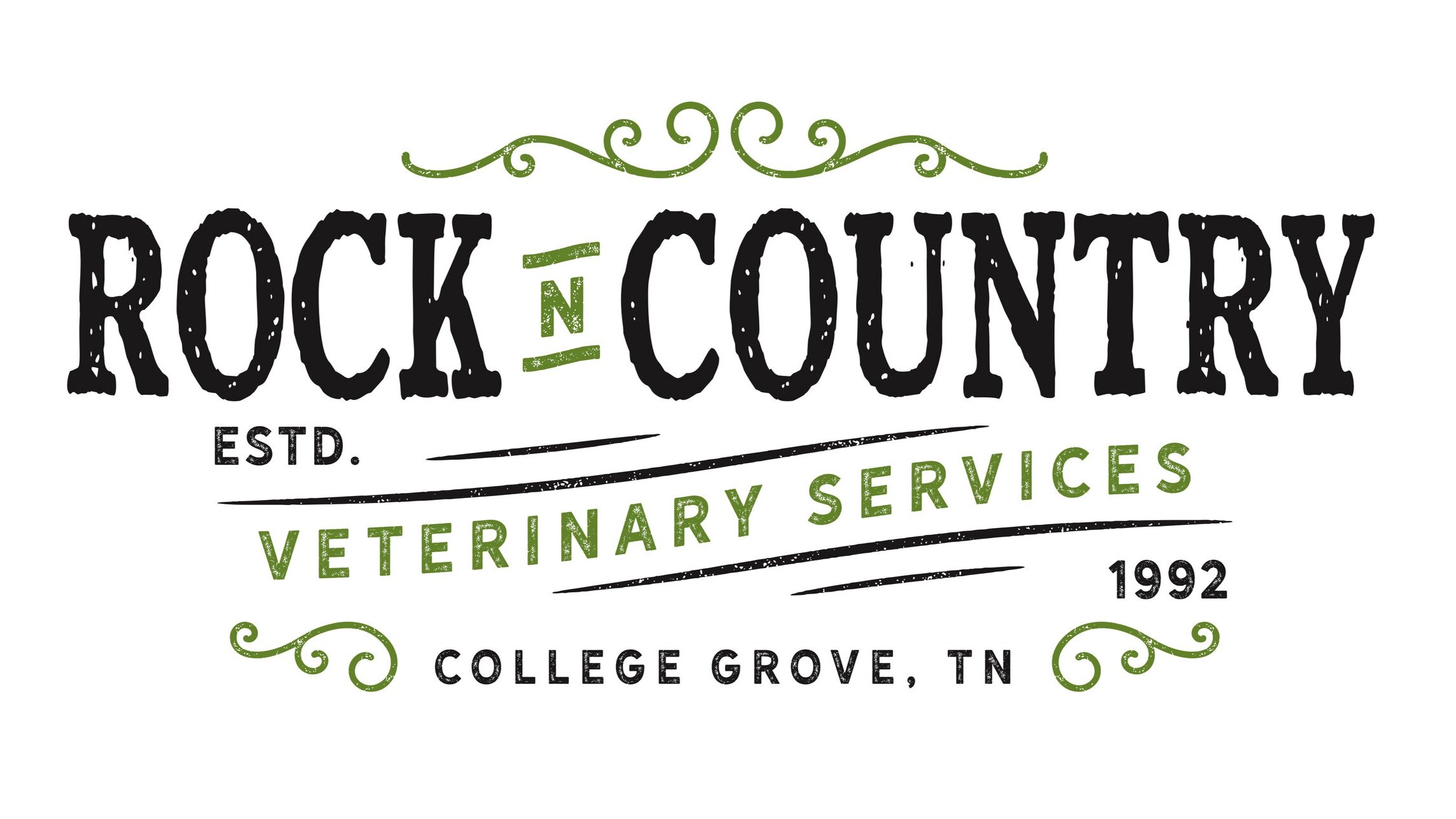Puppies and Hookworms
Eric Fold, DVM
January 22, 2018
Disease
“Hookworms.” CAPC Vet, Companion Animal Parasite Council, 1 Oct. 2016, www.capcvet.org/guidelines/hookworms/.
Ancylostoma caninum, also known as hookworms, are veracious blood suckers that can cause significant disease, even death, in puppies and adolescent dogs. The parasite lives in the small intestine and sheds eggs in the feces of the dog. The parasite can also be passed from the mother to the puppy during nursing and often leads to severe blood loss (anemia) in these pups. These puppies will often present with pale gums, lethargic, ill thrift or dark tarry feces. The larvae can also spread to other organs like the skin or lungs causing issues there as well.
- Veracious blood suckers
- Ill-thrift and pale gums in puppies
- Eggs are passed in feces or through milk
Public Health Concerns
“Hookworms.” CAPC Vet, Companion Animal Parasite Council, 1 Oct. 2016, www.capcvet.org/guidelines/hookworms/.
Hookworm infestations are well documented with a zoonotic potential, meaning the dog parasite can cause disease in people. The most common human disease associated with hookworms is cutaneous larva migrans (CLM) where the parasite actually migrates through the skin of the human causing rashes and local irritation. There are also documented cases where the parasite causes visceral larva migrans (CLM) leading to irritation to the intestinal wall of the human. CTM is the most common travel-related skin infection in tourists in tropical areas!
- Can cause disease in people
- Cutaneous larval migrans - rash and irritation
- Most common travel related skin infection
Prevention
“Hookworms.” CAPC Vet, Companion Animal Parasite Council, 1 Oct. 2016, www.capcvet.org/guidelines/hookworms/.
Regular deworming of puppies and breeding females is important for preventing disease in dogs. Regular deworming will help reduce egg shedding and environmental contamination. Obeying leash laws and removing feces promptly will help reduce environmental shedding from dogs that are infected. Puppies are routinely dewormed at 2, 4, 6 and 8 weeks of age using Pyrantel Pamoate with a follow-up fecal performed at first or second puppy shot visit. Deworming breeding females 2 weeks after welping helps reduce transmammary spread of hookworms.
- Most monthly heartworm preventatives treat hookworm infections
- Regular fecal examinations with deworming
Prevention in people is mostly related to appropriate hygiene when handling pets and pet feces.
Wear gloves and wash hands after handling pet feces
Cover children's sandboxes when not in use
Wear gloves and shoes when gardening or working with soil
References
- “Epidemiology & Risk Factors.” Centers for Disease Control and Prevention, Centers for Disease Control and Prevention, 11 Oct. 2012, www.cdc.gov/parasites/zoonotichookworm/epi.html.
- “Hookworms.” CAPC Vet, Companion Animal Parasite Council, 1 Oct. 2016, www.capcvet.org/guidelines/hookworms/.




